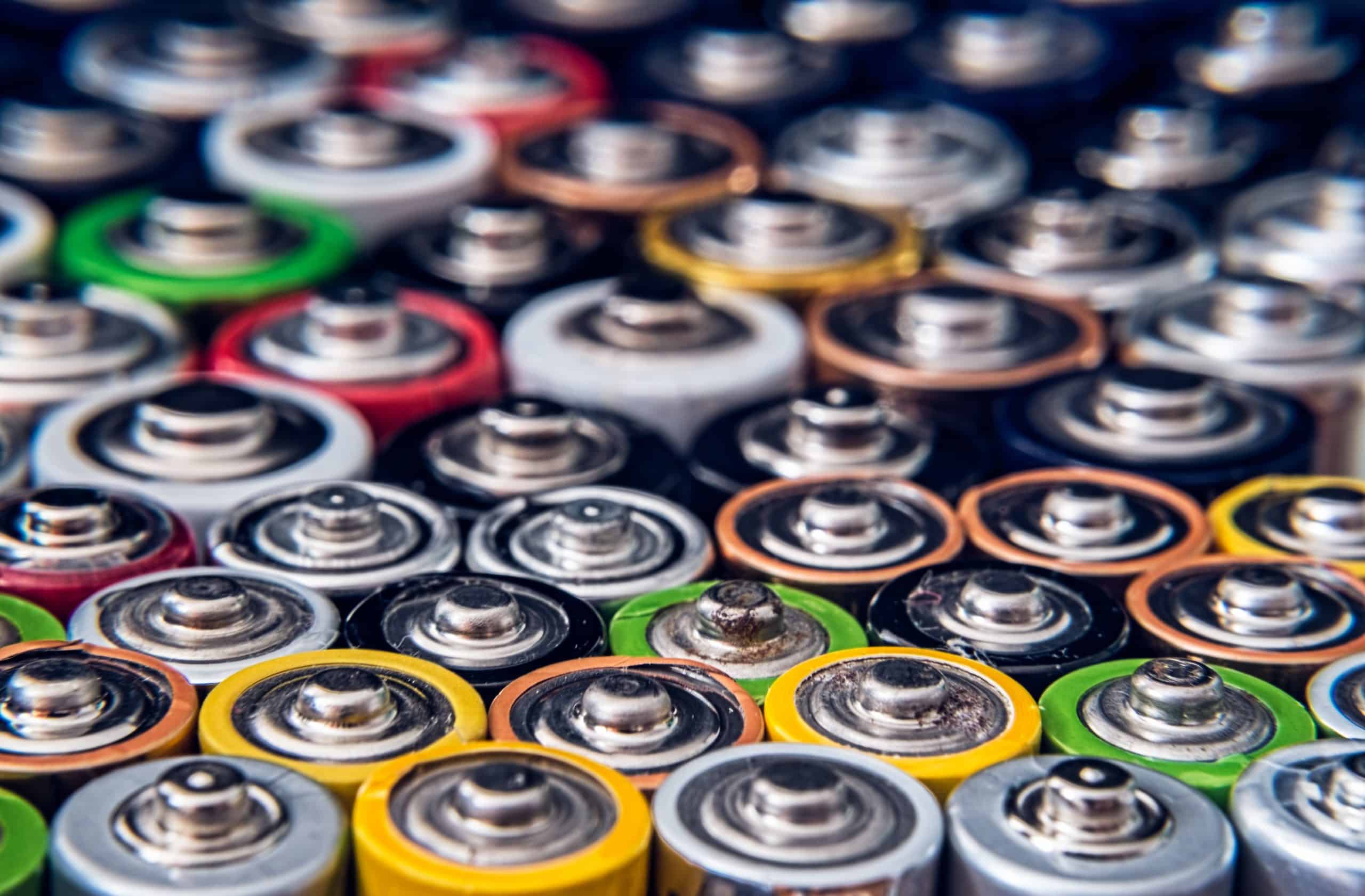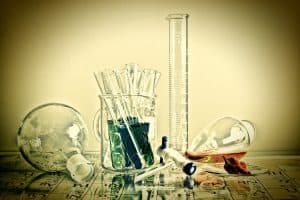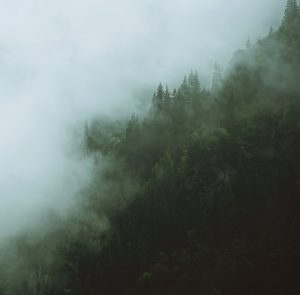
What Is Electrochemistry and Its Applications?
March 12, 2024 - Emily Newton
Revolutionized is reader-supported. When you buy through links on our site, we may earn an affiliate commission. Learn more here.
Chemistry can be an intimidating subject, but it’s all around you. You may see an area of chemistry in action every day, even if you don’t know its name. That’s certainly true of one of the science’s most threatening-sounding branches — electrochemistry.
What exactly is electrochemistry? While it may sound highly technical or confusing, you might be more familiar with it than you realize. Let’s take a look at a practical application of electrochemistry and some basics of this unique branch of science.
The Intersection of Chemical Reactions and Electricity
As its name suggests, electrochemistry is the branch of chemistry that deals specifically with electricity. It explores how electricity relates to chemical reactions, looking at how these processes move electrons. It has a lot of overlap with physics, particularly when dealing with the way electricity and electromagnetic waves work.
What is Electricity?
To understand electrochemistry, it helps to know what exactly electricity is. Many people don’t think much about electricity while we’re using it. It’s often illustrated as currents of lightning shooting through wires, but this isn’t really accurate.
Electricity is actually tiny subatomic particles moving from one atom to another. These are electrons, the negatively charged particles found in every atom. A variety of forces can make the electrons move between atoms. When they do, they generate energy in the form of electricity. The flowing electrons moving through a wire or device is known as an electric current.
The Basics of Electromagnetic Fields
Electricity utilizes the existing electric fields atoms and particles create. There are two basic kinds of electric fields. The simplest one is the small field surrounding a charged particle, like an electron.
These fields aren’t that useful on their own since they don’t stretch very far and get weaker the further they extend from the particle creating them. When scientists use physics to manipulate the electric fields of many particles at once, though, these small charges can do much more. Certain compounds and materials made of different types of atoms can generate stronger charges than others (for instance, copper is excellent at channeling electricity).
There is also a second type of electric field, an electromagnetic wave. These are created by moving a magnet. As the magnet moves around, its changing magnetic field generates an electric field. Together, they create an electromagnetic wave.
The scientist James Clerk Maxwell was the first person to accurately describe the properties of electromagnetic waves in the form of four equations, published in 1865. Maxwell’s equations are crucial to modern science and technology. In fact, the phone, tablet or computer you are reading this on would not function without Maxwell’s equations. Anything that is a practical application of electrochemistry relies on this pivotal scientific breakthrough.
It’s important to remember that the electric field around a single particle is very different from the field an electromagnetic wave creates. They’re used for completely different applications even though they’re based on similar scientific properties.
Electromagnetic waves often don’t actually carry an electrical current the way charged electrons do. There are many unique types of electromagnetic waves, all categorized on the electromagnetic spectrum. For instance, radio waves and microwaves allow people to communicate over the phone and through Wi-Fi.
Where Chemistry Comes In
The study of electrons, currents and EM waves are mainly in the realm of physics. Electrochemistry applies that science to the relationship between chemical reactions and electricity. For instance, what compounds conduct electricity and what compounds repel it?
One of the major concepts in electrochemistry is oxidation-reduction reactions or “redox” reactions for short. Redox reactions happen when electrons transfer from one chemical or element to another, changing the atoms’ oxidation states. You can see these processes in everything from combustion to photosynthesis.
The basic goal of electrochemistry is finding ways to utilize redox reactions and electrical currents. For example, one of today’s leading practical applications of electrochemistry is batteries. A basic battery contains a cathode (the positive end), an anode (the negative end) and an electrolyte. The electrolyte stores chemical energy, which gets converted into electricity when a redox reaction triggers in the battery.
The widespread shift to clean energy and EVs is sparking demand for more efficient, sustainable battery technologies. Discovering these is all about exploring the electrochemical properties of new materials and compounds for batteries’ cathodes, anodes and electrolytes.
Practical Applications of Electrochemistry
We use electrochemistry for all kinds of things today, from renewable energy to medicine. The principles of electrochemistry are vital to the way modern society and technology function. Taking a look at some of the real, practical applications of electrochemistry you may encounter everyday can make this fascinating science easier to understand.
Batteries
The most well-known application for electrochemistry, as mentioned above, is batteries. Non-rechargeable batteries, like the kind you put in your TV remote, are a type of voltaic electrochemical cell. Electrical current flows through the negative electrode at one end, through the electrolyte in the middle and out the positive electrode. The redox reaction inside the battery provides energy that flows out of the battery.
This same basic principle is found in virtually all batteries. There are many different materials and compounds used in batteries today, but the most common are lithium-ion cells. Demand for more batteries is inspiring scientists to explore some exciting new electrolyte materials, though, including sodium, magnesium and even saltwater!
Electroplating & Elecropolishing
Another common electrochemistry application is the practice of electroplating. You might not have heard of this process before, but you’ve probably seen it in action. Electroplating involves coating a surface in metal using an electrical current.
You can use electroplating to change something’s appearance, but most of the time, people use it to make things more durable. Covering something in a thin layer of metal helps protect it against the elements. It’s often used in jewelry, outdoor furniture and vehicles.
Electropolishing is a finishing method that removes material from your components. Parts are attached to a positively charged metal bar and dipped into an electrolyte. The electrical current removes the ions and material from each part to achieve a smoother finish than traditional finishing techniques.
Sanitation
A lot of things in sanitation use electrochemistry, specifically a process called electrolysis. Electrolysis involves using electricity to trigger chemical reactions. A lot of manufacturers use this process to separate brine into sodium hydroxide and chlorine.
After they separate these chemicals, manufacturers use them in a variety of cleaning products. You’ll find chlorine in everything from antiseptics to disinfectants to water purification systems. Without electrolysis, getting your hands on these chemicals would be either more challenging or more expensive.
Like in batteries, you have to keep the two products of this kind of electrolysis separate. If they mix again after separation, they can form sodium chlorate, which you can find in bleach.
Hydrogen Production
Another exciting application for electrolysis is hydrogen production. Scientists, engineers and world leaders are eyeing hydrogen as one of the leading next-gen renewable fuel sources. A practical application of electrochemistry involves using electrolysis to split water molecules and create hydrogen.
This is actually a fairly simple experiment anyone can do at home or at school. Electrolysis can be dangerous, though, so it’s best to try it with supervision, ideally outside or away from flammable objects. It requires a basin of water, a power source like a battery, a positive electrode and a negative electrode.
Each electrode is inserted into the basin of water. When the power source is activated and an electric current is applied to the water, the H2O molecules will split into hydrogen and oxygen atoms. The H2 atoms will accumulate around the negative electrode while the oxygen atoms accumulate around the positive electrode.
At first, it won’t look like anything is happening. However, pure hydrogen is very flammable. So, if one holds a lighter in the air above the negative electrode, a flash of fire should appear from the invisible hydrogen igniting.
Electrolysis is one of the most straightforward ways to produce hydrogen for clean energy applications. In an industrial environment, electrolysis is performed using a machine called an electrolyzer, which safely captures the hydrogen and oxygen released from the water.
Electrochemistry Is Everywhere
From batteries to jewelry, you might be surprised where you can find practical applications of electrochemistry in your everyday life. It can be a fairly complex branch of science, but it essentially comes down to applying electricity to chemical reactions. By studying how electricity interacts with different materials, compounds and elements, scientists can develop new technologies that improve our quality of life and unlock new technological possibilities.
This article was originally published on 8/6/20. It was updated on 3/12/24 to provide more thorough information.
Revolutionized is reader-supported. When you buy through links on our site, we may earn an affiliate commission. Learn more here.
Author
Emily Newton
Emily Newton is a technology and industrial journalist and the Editor in Chief of Revolutionized. She manages the sites publishing schedule, SEO optimization and content strategy. Emily enjoys writing and researching articles about how technology is changing every industry. When she isn't working, Emily enjoys playing video games or curling up with a good book.







Wow. Very interesting approach to introduce electrochemistry. I will test it for the graduate students from Physics background starting from Maxwell’s equations and then expanding through the flow of current to batteries/ electrolysis…… electron loss or gain: REDOX